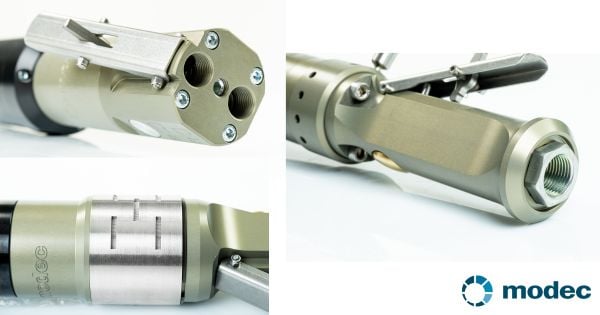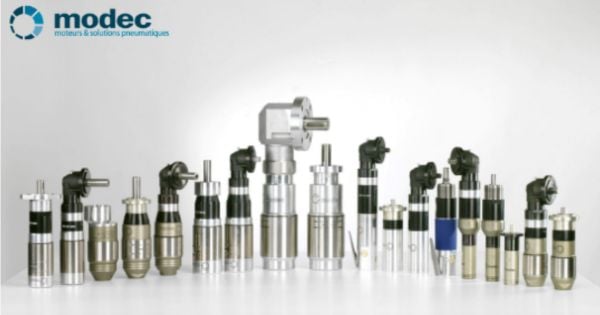Motor innovations Motor applications Choose my motor Motor why modec ?
8 avril 2024
Motor innovations Motor applications Choose my motor Motor why modec ?
Ensuring the optimal long-term operation of your air motor is essential for guaranteeing its efficiency and longevity. Fortunately, maintaining these motors is not as complex as one might think.
Fundamentally, there are two key aspects to consider: lubrication and filtration.
By carefully monitoring these two aspects, you can keep your air motor in top working condition and achieve optimal performance.

When you notice a change in the performance of your air motor, it is crucial to quickly identify the source of the problem.
Here are the most common signs of malfunction:
The vanes play an essential role in ensuring the seal between the rotor and the stator, thus guaranteeing the proper functioning of the motor's compression chambers. When they are worn, this leads to a loss of sealing, a decrease in efficiency, and possibly vibrations or motor blockage.
Ball bearings are responsible for the rotation of the rotor in the stator and the proper functioning of the motor's reduction gear. Worn bearings result in excessive play, rubbing noises, and difficult rotation, directly affecting the overall efficiency of the motor.
Filters, just like in a car, ensure the quality of air and lubrication inside the motor. If the filters are dirty, this leads to poor lubrication and a decrease in airflow, thus reducing the motor's efficiency.
Several factors can contribute to the poor condition of your motor's pneumatic components:
Intensive Use: prolonged use at torque or speed levels close to the recommended limits can lead to premature wear of components.
Faulty Air Network: a dirty air network or inadequate pressure can also damage pneumatic components.

To keep your air motor in good working order, regular maintenance is essential. Here are some helpful tips:
Use lubrication products specifically designed for air motors to protect the vanes and gears. Choose a suitable oil that remains liquid even at low temperatures to ensure effective lubrication in all conditions.
Regularly check the condition of the filters and replace them if necessary to prevent harmful particles from entering the motor.
If you notice a decrease in power from your air motor, act quickly to identify and resolve the problem. Here are some steps to follow:
By regularly maintaining your air motor and reacting quickly to signs of malfunction, you can extend its lifespan and ensure optimal performance.
For more tips and information, do not hesitate to consult our complete maintenance guide.
+ 33 (0) 4 75 40 27 15
sales@modec.fr
ZI Sirius Quatre
80, allée René Higonnet
26760 Beaumont-lès-Valence, FRANCE
© Tous droits réservés - Modec - Création : ARKOD